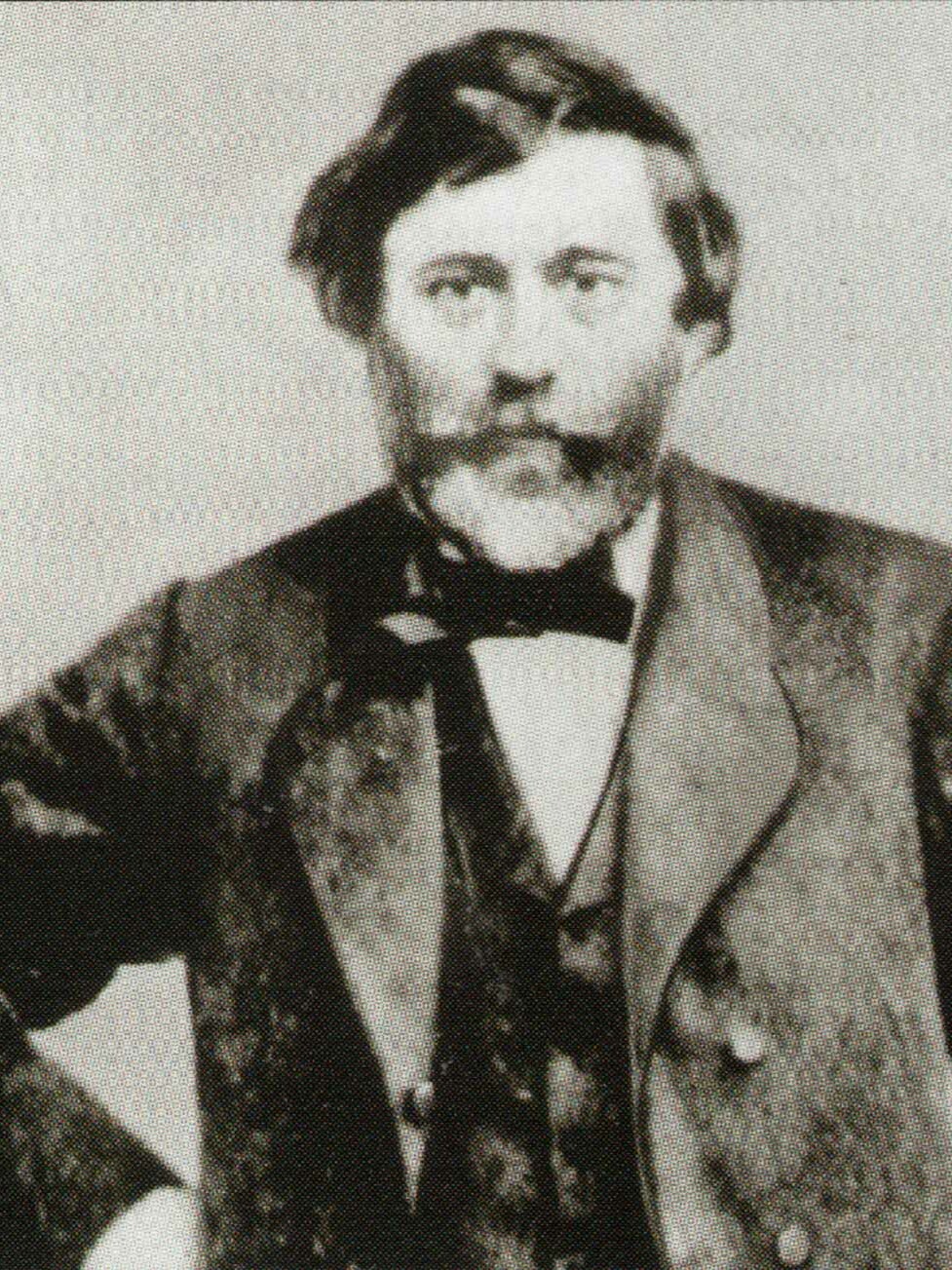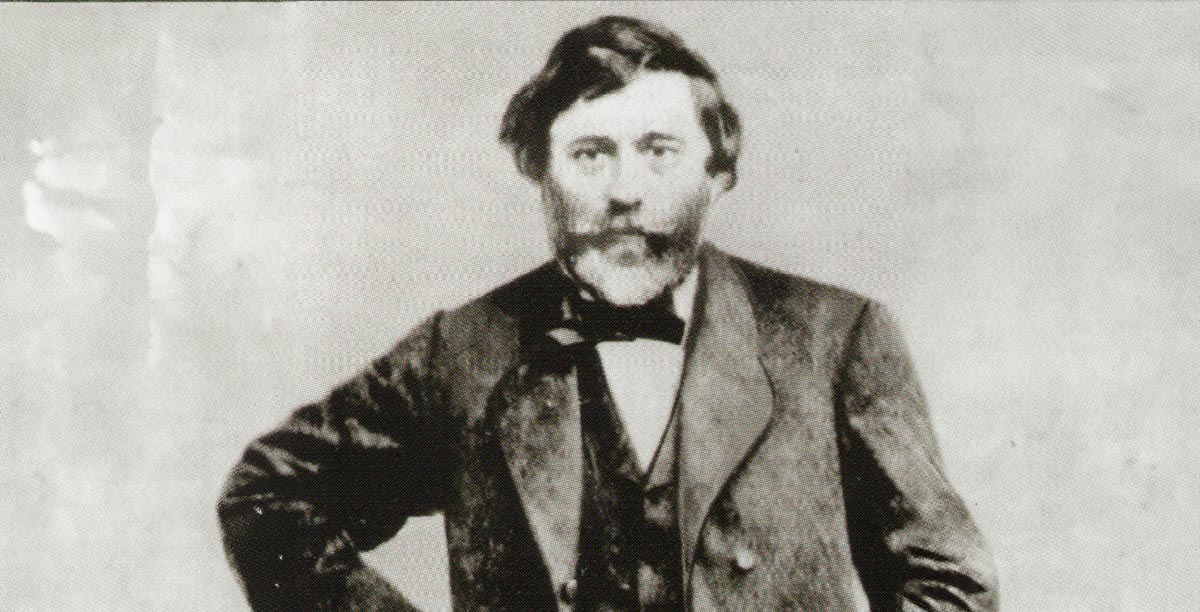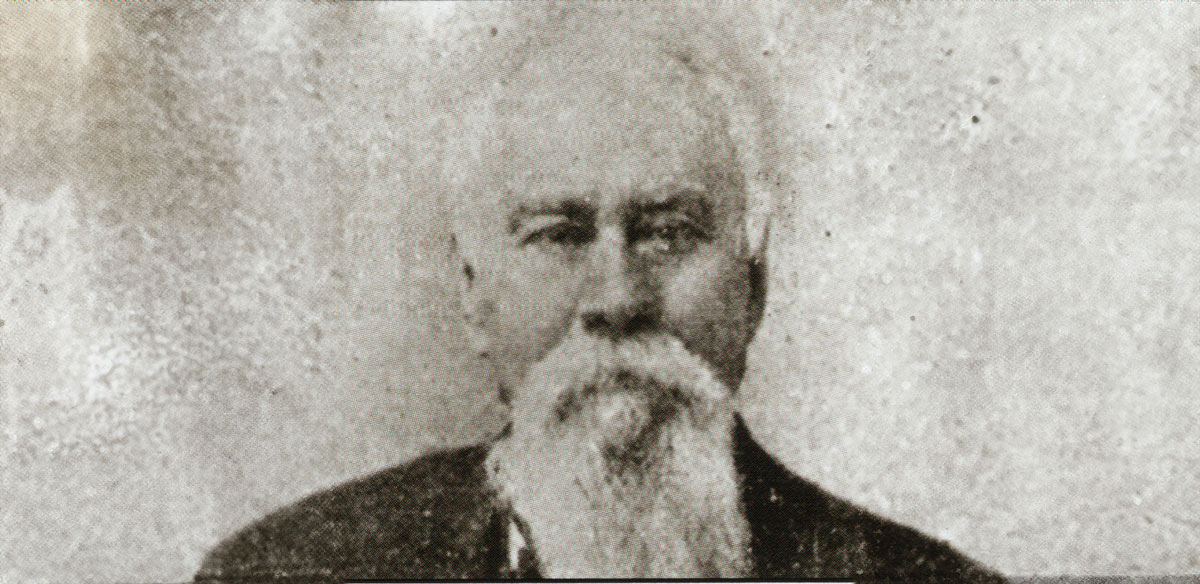In addition to being the first Sheriff of the newly created County, he was the County tax collector and first town Marshal of San Diego. As Marshal, Haraszthy appointed Richard Freeman as his deputy, making Freeman the first African American lawman in California.
As Sheriff, he built the first jail in San Diego, in what is now Old Town. The first jail was built of mud and straw at a cost of $5,000 and reportedly collapsed in the first heavy rain. A new jail was raised in the same location for an additional $2,500, but the first arrestee escaped. (The first arrestee was the San Diego Mayor’s son – Roy Bean – later to become famous as “Judge Roy Bean, the Only Law West of the Pecos” in Texas.) The jail fiasco and other financial issues caused the financial ruin of the City of San Diego and the City’s Charter was withdrawn. The June 12, 1851 San Diego Herald even asked “… it may well to inquire what property the city owns, besides the little adobe jail, and the flag staff on the Plaza.”
Haraszthy formed a partnership with Juan Bandini and started many business and agricultural projects in San Diego – orchards, a livery stable and stagecoach line, and a butcher shop. He also organized a syndicate to subdivide a portion of the San Diego shoreline into streets, parks, and building lots. The area was known locally as “Haraszthyville”.
After his term as Sheriff, he was elected to the California State Assembly, and later ran a gold and silver refinery in San Francisco.
Haraszthy had greater success with his first love – viniculture. Prior to coming to San Diego, he had founded the oldest incorporated village in Wisconsin and planted some of the earliest vineyards there. He moved to Sonoma and opened the second-oldest winery in California – Buena Vista, hiring Charles Krug as his winemaker.
Haraszthy and Buena Vista became famous and sold wines across the U.S. Haraszthy is commonly regarded as the “Father of California viniculture”.




